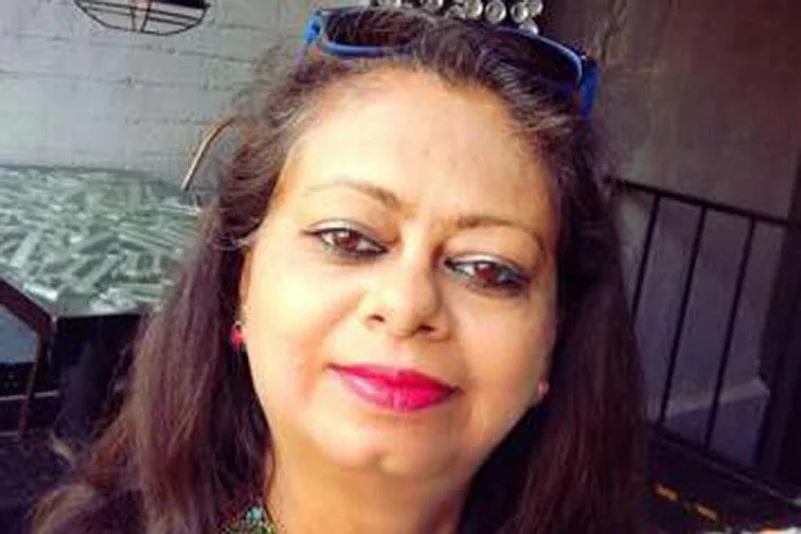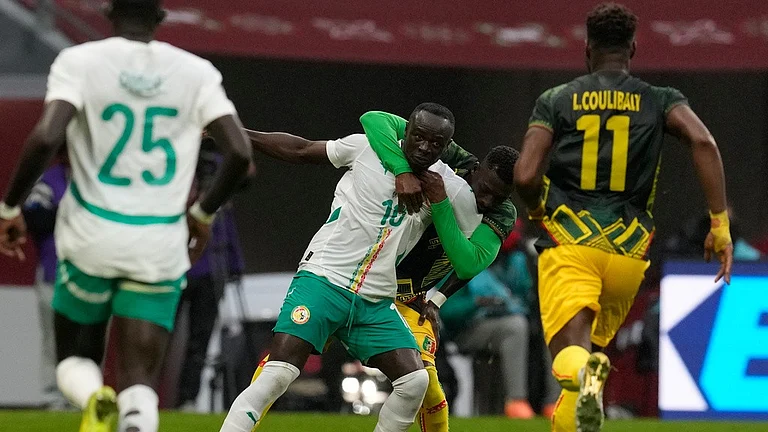You could be pardoned for expecting just a slice, but Serbia has more layers than an onion—and if you let yourselves slip in edgewise, each layer is a universe unto itself. The thriving cosmopolitanism of Belgrade, the wineries-peppered landscape of Sremski Karlovci, the manicured elegance of Novi Sad, the baroque monasteries of the Fruška Mountains.
To the naked eye, the bitter wars that fragmented Yugoslavia into today’s seven nation-states project no trauma into the present. Rather than an ethnic monoculture, one finds a global melting pot—a blend of high culture and fun. As it seeks integration with the EU, Serbia is moving towards a template of visa-free work and barrier-free trade. Under President Aleksander Vucic, the tilt is towards private sector-led reforms.
Belgrade, the capital city of over one million people, is a metropolis with a personality. Nearly eight millennia ago, these banks of the Danube hosted the prehistoric Vinca culture. Alliterative justice, then, that here we now find the country’s wining and dining playground—besides, of course, its cultural-artistic core as well as its economic nucleus. Belgrade offers two cities for the price of one. Old Belgrade’s picture-postcard cathedrals, monasteries, fortresses and thickly wooded parks, as well as its very location on the confluence of the Danube and Sava rivers, offer a nice counterpoint to the new city’s boxy, Communist-era buildings and ramshackle housing projects.























